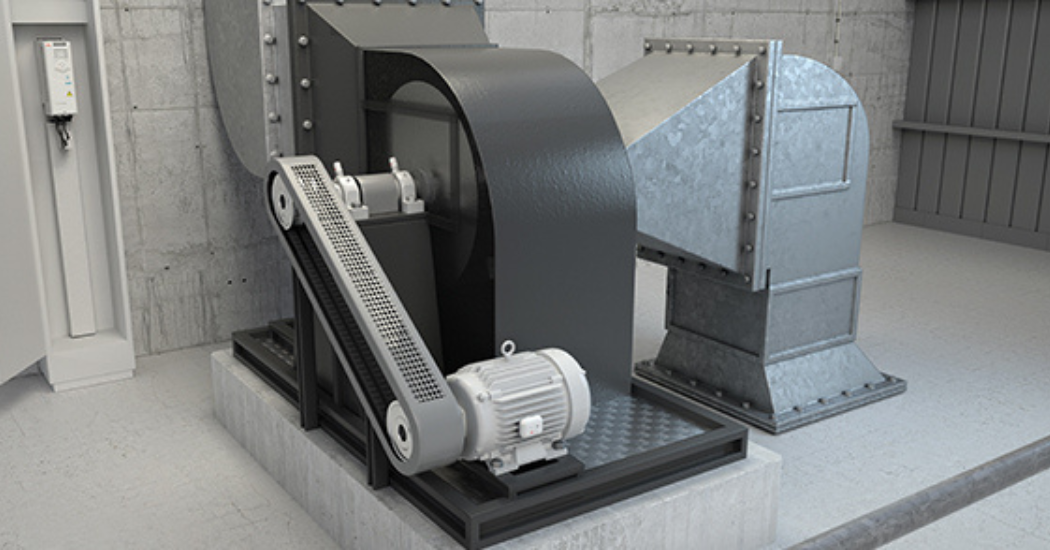A variable speed drive – also known as a variable frequency drive, VSD, VFD or inverter (hereafter referred to as a “drive”) – controls the speed and torque of an electric motor (in this case, an AC motor) by controlling the motor’s terminal voltage. A drive sits between the electrical supply and the motor. Power from the electrical supply goes into the drive, and the drive then regulates the power that is fed to the motor. A drive is comprised of three basic components: an AC/DC converter, a DC link and a DC/AC converter. The first converter changes the input 60Hz sine wave voltage into a DC voltage. This DC voltage is filtered using capacitors in the DC link, which links the two converters. In low-voltage applications, the second converter is usually a two-level inverter. This inverter changes the DC voltage into three-phase PWM voltages. The average over one pulse width modulation (PWM) cycle can be +DC link, -DC link, or anywhere in between by varying the pulse width. This PWM voltage is used to approximate a sine wave by use of these PWM square waves. A motor will have a very high inductance, which averages these PWM voltages and results in a sine wave current.
By pairing a motor with a drive, an operator can adjust the frequency and the voltage that feed into to the motor based on the current process demands. This means an operator can run a motor at the appropriate speed and/or torque for the demand needed, which can lead to significant energy – and thereby cost – savings. Besides saving energy and money, drives help reduce maintenance costs, waste and even ambient noise emissions while helping companies to meet their environmental goals.
